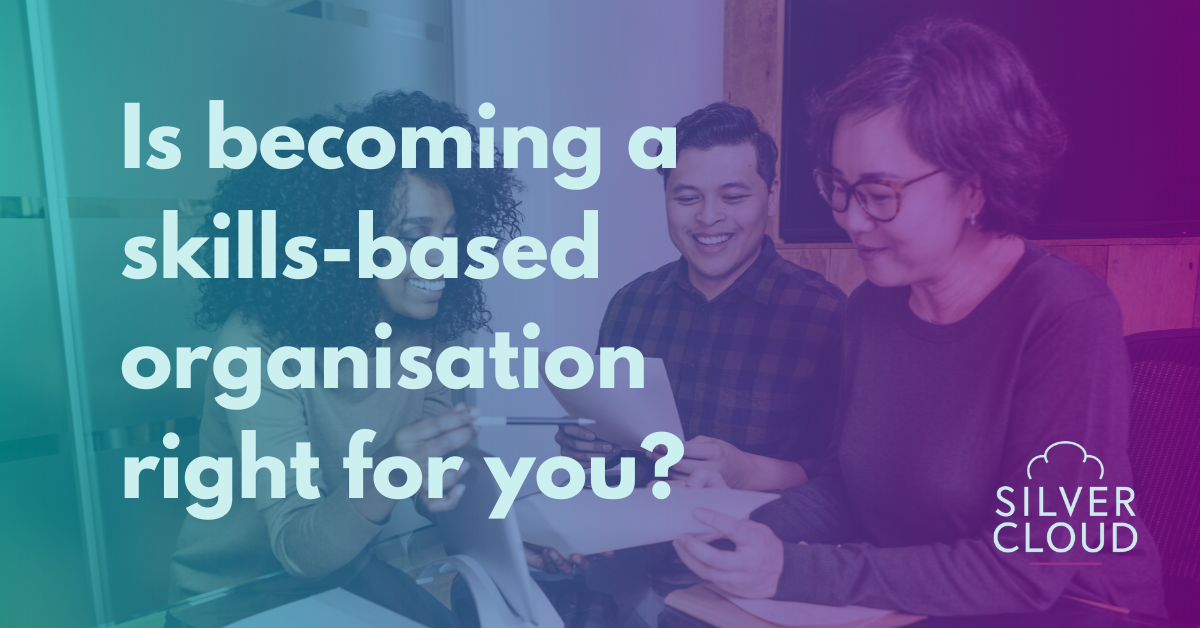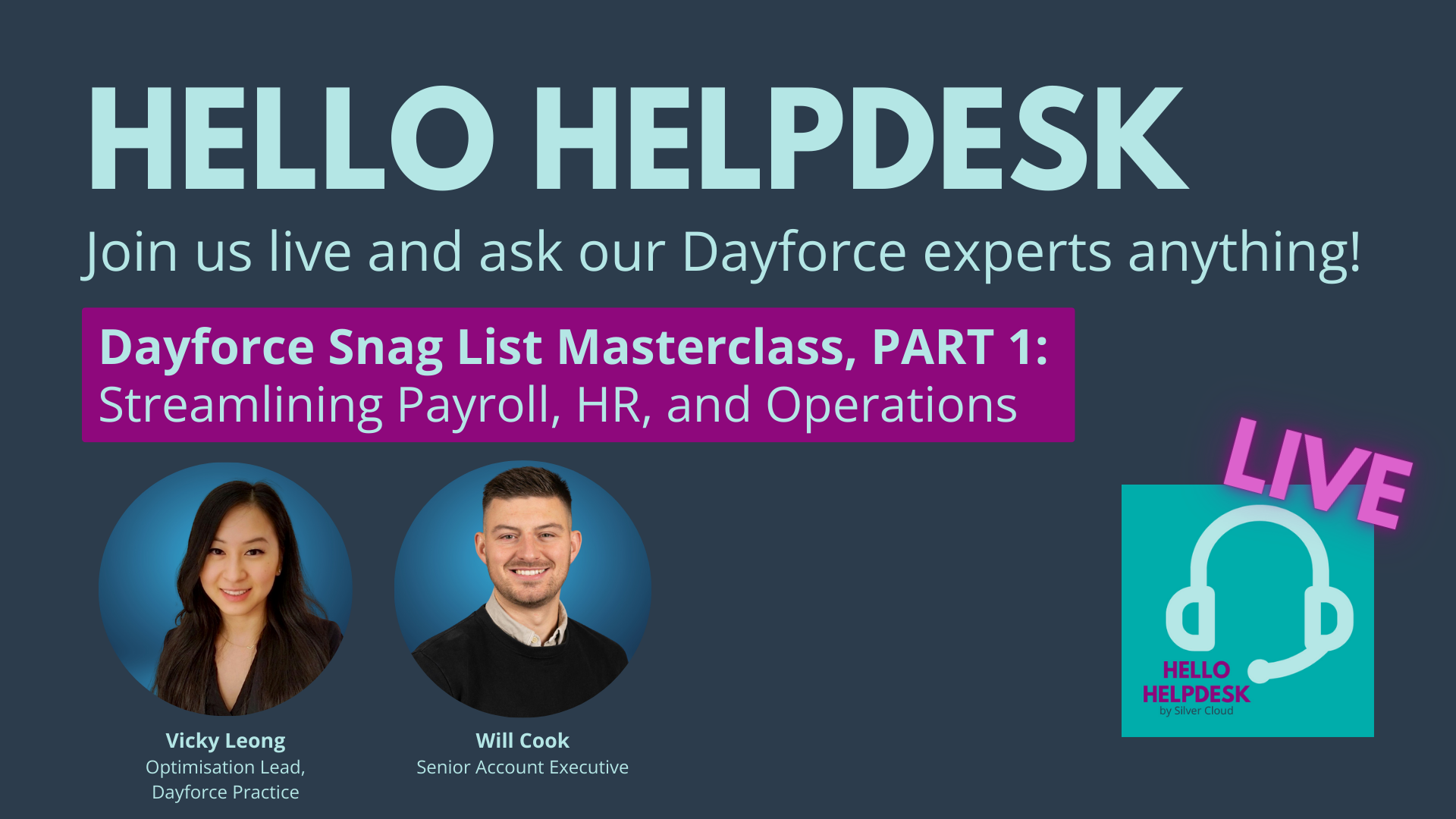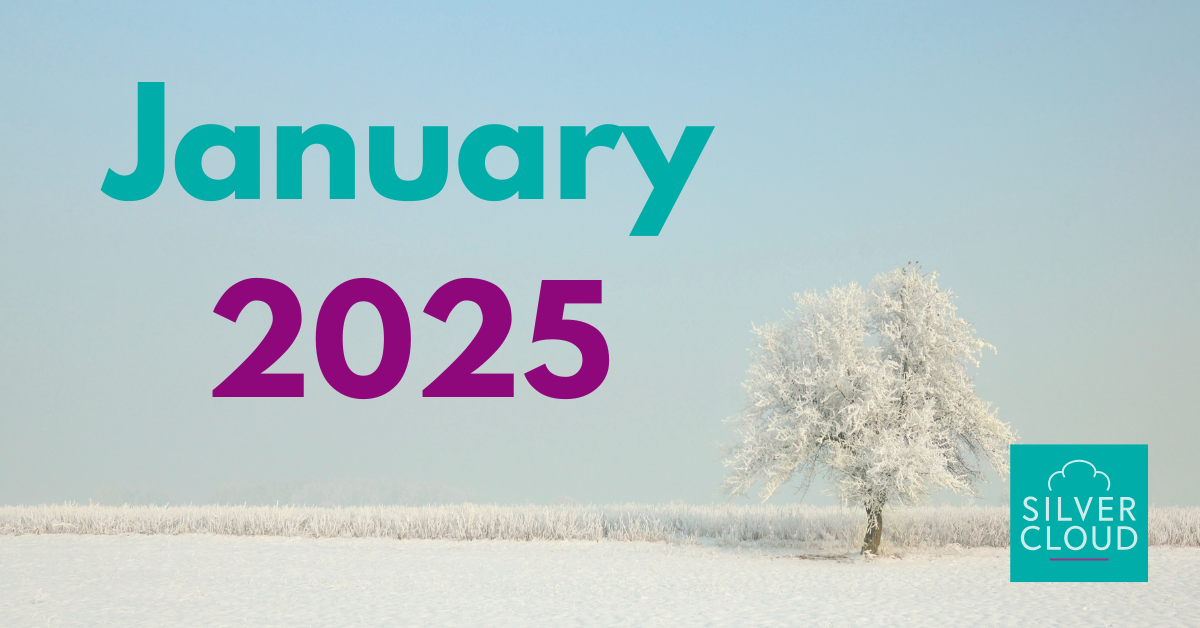HR software selection: is best-of-breed or all-in-one right for me?
by SJ Hood
Choosing the right software is hard enough when you only need it to do one specific thing. But the modern HR tech stack has to contend with a lot more than a single task. So what happens then? How are you supposed to decide what that tech stack needs to look like? Well, usually it comes down to one of two approaches: best-of-breed or all-in-one.
Skip ahead to the selection project with our No-Nonsense HCM Selection Workbook (can be used for any tech selection – not just HCMs).
Best-of-breed means using multiple different platforms and apps to achieve your goals. This approach is usually integration-heavy and can require a more bespoke touch, but it does potentially mean having the absolute best solution for every facet of your HR processes and activities.
All-in-one on the other hand, does what it says on the tin. It’s all about finding the platform most capable of handling all of your needs. This can be a more straightforward implementation, but it does entail having to make compromises.
Which approach works for you really depends on your business and situation. Here are some of the key things you should consider when deciding which route to go down:
Pros and cons of best-of-breed
Just like anything else, there are good and bad things about each approach. When it comes to best-of-breed HR software, how these pros and cons line up with your strategic goals should be a major part of how you decide to move forward.
Pros
- Flexibility and customisation– This is essentially a modular approach to buying software – take what you need, leave the rest. You’ll get a system for every need and won’t pay for tools you don’t know how to make use of.
- The best of the best – As it says in the name, doing things this way means you will have exactly the right tool for each situation
- Speedy innovation cycles – Because this approach relies on specialist software, you’ll be more likely to see innovation in each piece of software
- Scalability – With the best-of-breed approach, you can ‘swap out’ and scale your software rather than being tied to a single system which may not have grown to suit your needs.
Cons
- Fragments employee experience – Not all employees will appreciate having to use multiple systems to attend to their HR needs. Single sign on can help, but the UI experience won’t be consistent.
- Harder to manage – More systems equals more time needed on keeping it all running smoothly and managing each vendor relationship to get the most out if it. That said, having the best systems in place, may help mitigate that somewhat.
- Requires additional integrations – Because all of your data won’t be in one place, you’ll need integrations to transfer data from one platform to another. This can lead to increased cost, friction and security risks. It can also make data analysis much more challenging unless you establish a data warehouse to consolidate everything.
- Can be more costly – Although this isn’t always true, it’s easy to see how investing in multiple pieces of technology can quickly add up to more than the cost of a single one.
- Impact on AI capabilities – As AI becomes an integrated part of more pieces of tech, you may end up with AI bots and functions that repeat or compete with each other. This could create additional friction in user experience.
Pros and cons of all-in-one
Similarly, the all-in-one method of software procurement has its ups and its downs. These factors play a huge role in whether to go down this road.
Pros
- Single source of truth – All your data will be in one place, making it easier to keep clean and to gather data-driven insights from
- Streamlined uses and experience – Having only one system to log into can make for a much simpler and smoother employee experience
- Cost efficiency – Most of the time, purchasing one system is going to be more cost-effective than buying multiple.
- Ease of management – With only one system to upkeep, you won’t have to spend as much time working in the background.
Cons
- Compromising on certain tasks – The system you choose can’t be the best at everything, so there will be areas of your processes where it underperforms.
- Accumulation of features – There is a greater chance that additional features will be added to your software which you do not want or have need of, but which you’ll still pay for.
- Dependence on a single provider – The HR tech landscape changes very quickly and things like mergers or acquisitions could impact you more heavily.
- Slows down change – If you choose a system that doesn’t work well for you, it can mean looking for a complete overhaul. Additionally, you’re more likely to be tied to the system for a longer term.
Deciding factors – questions to consider
As you learn more and are starting to decide which of these approaches best suits your needs and business, there are few things to consider. To help choose the right path, ask yourself these questions:
- How much flexibility do we have with our budget?
- What are our growth plans and can our chosen option meet us where we are now and where we’ll be in 3-5 years when our contract ends?
- What are our needs and expectations around ongoing support?
- Do we have the time and resource needed to juggle multiple systems?
- Will making compromises on capability now inhibit strategic goals in the future?
- Are we prepared for any upgrades or software changes to require a total overhaul?
This kind of thinking can help clarify which of the pros and cons hold the most weight for you and your organisation.
Now that you know a little more about the best-of-breed and all-in-one approaches, you should have a better idea of which one will work for your business. Of course, it can still be a struggle to decide when you don’t spend day in and day out thinking about the HR tech landscape like we do. After all, it changes really fast!
So, if you find yourself wishing you had a little help with this, talk to our team.



